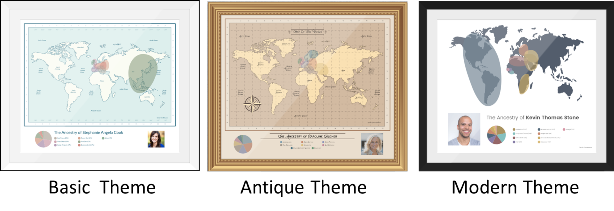
New Collection for Tracing Immigrants From the British Isles
Exciting news this week is the brand new British and Irish Roots Collection from Findmypast. This collection has 98 million records and is free to search for a limited time. Also new are electoral rolls for Australia and vital records for the United States. ...Heritage Home Decor: Genealogy Gifts You’ll Love
Get inspired by these heritage home decor ideas! Sharing family history in displays around the house inspires conversation, reinforces your family’s identity, and creates beautiful surroundings. Genealogy gift ideas: give these as gifts for your loved ones’ homes (or get them as gifts for yourself).

4 Heritage Home Decor Ideas
 Family Tree Wall Decor
Family Tree Wall Decor
I love how this gorgeous black tree design anchors a heritage wall display. This design would look great with current pictures of grandkids and other loved ones, or with older pictures of ancestors. Sometimes when your heritage photos are all different sizes and styles (and you don’t have a dozen matching frames) it’s hard to figure out how to hang them together. But as you can see, the display looks great with different size images and frames!
Here’s another style I think you’ll like, too. It’s a great design for a more compact wall space.
 Bronze Family Tree Picture Frame (6 photos)
Bronze Family Tree Picture Frame (6 photos)
This compact, stylish, and ornamental design fits easily on a coffee or end table or even a fireplace mantel. The tree comes with six little frames (order an extra set of 4 here). Again, think of this as a great way to show off pictures of your children or grandchildren, or use it to display treasured images of ancestors.
If you like to make your own heritage displays, this book is for you. It’s packed with inspired ideas and detailed instructions on how to make things like decoupaged plates, a memory wall, and silhouettes on canvas. The projects shown are all really adaptable to fit your supplies and style. Meg thinks “out-of-the-box” about ways to preserve and display your memories–way beyond the traditional framed pictures, which are great but may not express the creative side of some of us!
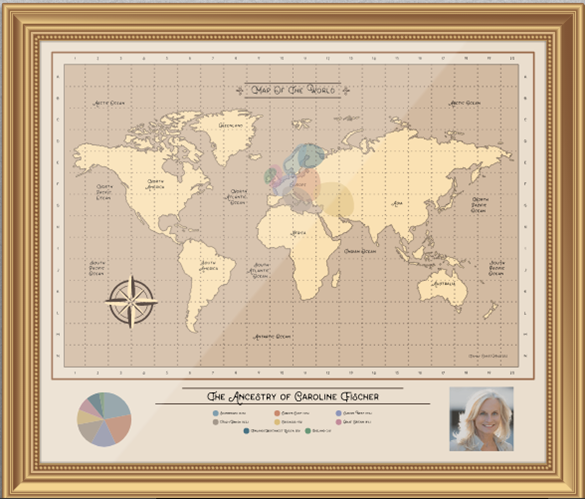 DNA Ethnicity Charts from Family ChartMasters. These custom DNA ethnicity charts, based on your DNA test results, are gorgeous 21st-century conversation-starters to display in your home. Loved ones who may never glance at your painstakingly-researched family tree chart may make a beeline for these world maps and start asking questions!
DNA Ethnicity Charts from Family ChartMasters. These custom DNA ethnicity charts, based on your DNA test results, are gorgeous 21st-century conversation-starters to display in your home. Loved ones who may never glance at your painstakingly-researched family tree chart may make a beeline for these world maps and start asking questions!
You can choose from three different design options. The Basic theme is clean and fresh, and complements most decorating styles. The Antique theme’s sepia-tone finish brings together the styling of antique maps with your high-tech DNA profile. The Modern theme is graphic and bold, with neutral tones well-suited to contemporary décor. Which design would look best in your home–and on which wall?
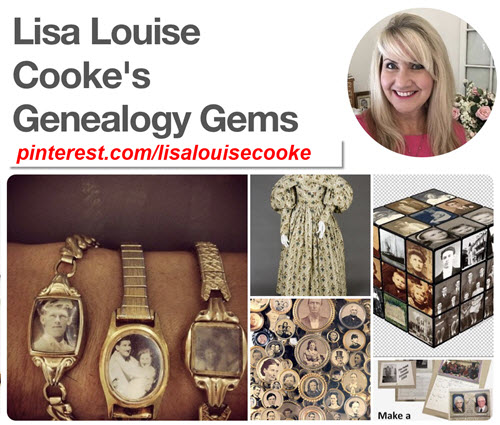 See more heritage home decor ideas on my Pinterest boards. If you love heritage home decor, you should especially check out How to Display Your Family Tree and A Vintage Look at Home.
See more heritage home decor ideas on my Pinterest boards. If you love heritage home decor, you should especially check out How to Display Your Family Tree and A Vintage Look at Home.
Disclosure: This article contains affiliate links and Genealogy Gems will be compensated if you make a purchase after clicking on these links (at no additional cost to you). Thank you for supporting the free Genealogy Gems podcast and blog!
Eastern Cherokee Applications for Native American Research
Many American families have a tradition of Native American ancestry. Now, Fold3.com has made access to their Native American records collections free between November 1 and 15th. Here are the step-by-step instructions you need to know to effectively navigate the Eastern Cherokee Applications collection at Fold3.com.
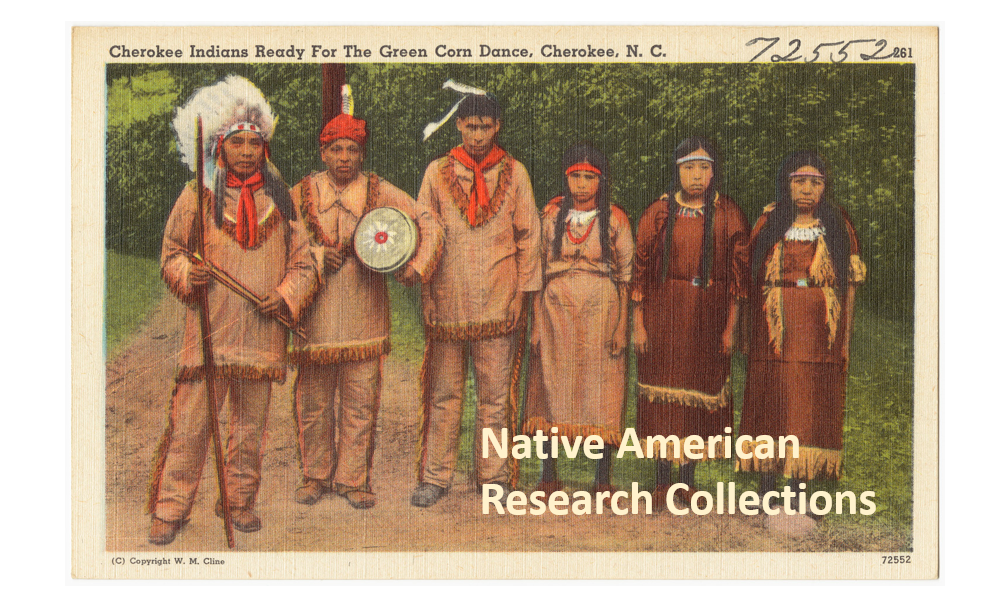
Original image provided by Boston Public Library via Flickr at https://www.flickr.com/photos/24029425@N06/5755511285.
Our Purpose
Our goal is to open the doors to using all types of available genealogical records, and provide you with the skills to explore them with confidence. Our Genealogy Gems team is excited to share with you the opportunity to utilize the free access to Native American records on Fold3.com. While it can be difficult and confusing to know how to navigate these important records, this post will provide you with information to get you started and to feel a little more comfortable jumping in! Now, let’s get started.
Eastern Cherokee Applications Collection for Native American Research
The Eastern Cherokee tribe sued the United States for funds due them under the treaties of 1835, 1836, and 1845. [1] Applicants, or claimants, were asked to prove they were members of the Eastern Cherokee tribe at the time of the treaties, or descended from its members. [To learn more about the lawsuits and allocations, read “Eastern Cherokee Applications of the U.S. Court of Claims, 1906-1909,” in .pdf form provided by the National Archives and Records Administration.]
The courts ruled in favor of the Eastern Cherokees and the Secretary of the Interior was tasked to identify the persons entitled to distribution of funds. The job of compiling a roll of eligible persons was given to Guion Miller.
It is interesting to note that the funds were to be distributed to “all Eastern and Western Cherokee Indians who were alive on May 28, 1906, who could establish the fact that at the time of the treaties, they were members of the Eastern Cherokee tribe or were descendants of such persons, and that they had not been affiliated with any tribe of Indians other than the Eastern Cherokee or the Cherokee Nation.” [Source: page 4, 3rd paragraph of NARA document Eastern Cherokee Applications of the U.S. Court of Claims, 1906-1909.]
The collection at Fold3 titled “Eastern Cherokee Applications” contains these applications submitted to prove eligibility. [Important: Because this act was about money allocation and individuals filling out these applications would have received money if approved, this may raise the question, “Did our ancestor have a reason to lie or exaggerate the truth so that they might be awarded funds?” Further, the Genealogy Standards produced by the Board for Certification of Genealogists (BCG) reminds us: “Whenever possible, genealogists prefer to reason from information provided by consistently reliable participants, eyewitnesses, and reporters with no bias, potential for gain, or other motivation to distort, invent, omit, or otherwise report incorrect information.” [2] In this case, those filling out the Eastern Cherokee Applications did have potential for gain. So, be sure to take any genealogical data, like names, dates, and places, with a grain of salt and find other documentation to back-up the facts.]
The first step in locating whether your ancestor applied is to check the index. If you are not a member of Fold3.com, you will first need to go to www.fold3.com. Click in the center of the homepage where it says, “Free Access to Native American Records.” Next, on the left you will see “Records from Archives.” Go ahead and click that.
From the list now showing on your screen, choose “Eastern Cherokee Applications.” Then click “learn more” at the bottom right of the collection description.

From the new screen, choose “Browse by title.”

Notice, there are two general indexes. The first choice is for surnames between the letters of A and K, and the second general index is for the letters between L and Z. The index is alphabetical by surname.
Scroll through the digital images of the index and find the surname of your targeted ancestor. For example, my ancestor’s last name is Cole.
You will see the state they were currently living in and a number listed to the left of each name. This number is what you will need to find the application of your ancestor. In the example here on the left, Anderson Cole’s number is 31697. Though the step of using this index could be omitted, I wanted you to know how to use it.
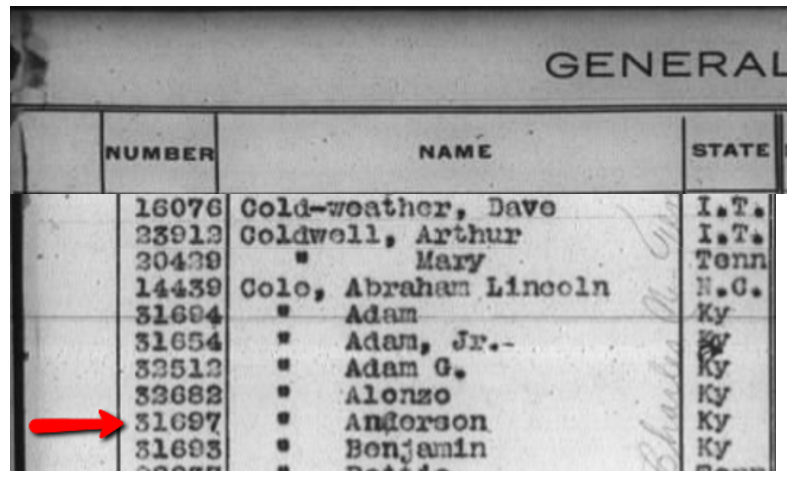
Anderson Cole’s name appears on the General Index of the Eastern Cherokee Applications.
Armed with this number as confirmation, let’s go back to the list of options and this order medication online for pain time, choose Applications.

Applications are broken down by the first letter of the surname, so in my case, I would click on the letter C and then from the new options list, click the appropriate indicator until I reach Anderson Cole.

Anderson’s application is eight pages, however applications vary in size from fewer than eight to several more.
From Fold3.com, you can see each page of the application. Some of the information you may find on the applications include, but is not limited to: name, birth date and location of applicant, names of parents and siblings, name of spouse and marriage date and place, tribe affiliation, Cherokee name, grandparents names, and residences.
The application was sent in to the Commissioner of Indian Affairs and then it was decided whether the applicant was eligible or not.
Lies and Rejection
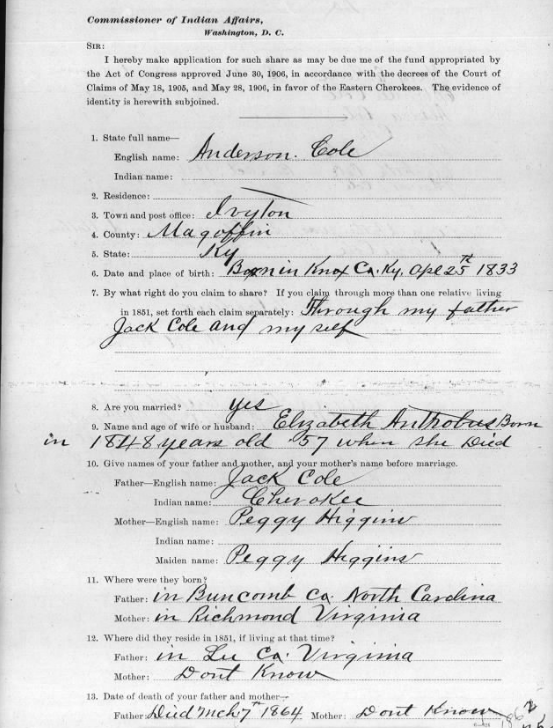
Anderson Cole’s Eastern Cherokee Application was rejected but held genealogical data.
In Anderson Cole’s case, he was rejected. This is found on the very first page of the application. In other words, the commission did not find him able to prove his relationship with known members of the Eastern Cherokee tribe and therefore, he was not given any allotment of money. This rejection neither proves or disproves whether Anderson was of Native American descent. However, it does suggest that something in his lineage was questioned.
Further, when reviewing the information recorded on any genealogy record, we must ask the question, “Did this person have any reason to lie?” When money is on the line, lying is always a possibility. According to further research, it appears Anderson either lied, omitted details, or was seriously mistaken about many names and dates of close family members. Even then, there are some great hints within the pages of his application and I was happy to find it.
Additional Information in the Eastern Cherokee Applications
In addition to an application being filed for our ancestor, if the ancestor had children under the age of 21, they may have also applied in behalf of the child as a Cherokee Minor.
Anderson’s son, W.T. Cole, applied under the same application number as Anderson. I found his application in the last pages of Anderson’s file. This type of record is direct evidence of a parent/child relationship and can be a wonderful substitute when other vital records can not be located. However, direct evidence (which is anything that directly answers a specific question…like ‘who are the parents of W.T. Cole?’) does not have to be true. In this case, just because Anderson says his son is W.T. Cole, doesn’t mean it is absolutely true. We should always find other records or evidence to back up our findings.
How is the Roll of Eastern Cherokees Different from the Eastern Cherokee Applications?
You may have noticed that besides the Eastern Cherokee applications and general index, there is also a record set titled “Roll of Eastern Cherokees.” Another name for this roll is called the Guion Miller Rolls. This is a roll, or list, provided by commissioner Guion Miller of all those who were approved to receive the allocated money. [We will be discussing the Guion Miller Roll Collection from Fold3 in a later blog post. Be sure to sign-up for our free newsletter so you don’t miss it!]
Anderson Cole and his son do not appear on this Roll of Eastern Cherokees. If however, your ancestor does, additional information on this roll could include application number, the names of minor children, ages of all parties, current residence, and a death date.
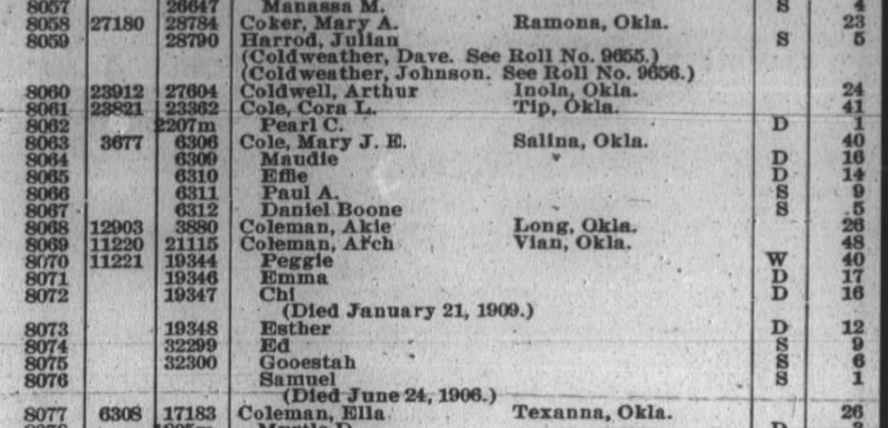
A partial page of the Roll of Eastern Cherokee found online at Fold3.com.
More on Native American Research
Using Native American collections for genealogy research can be challenging. We hope this has helped you to better understand the ins and outs for using the record collections at Fold3. For even more helpful tips, read:
How to Use the Dawes Collections for Native American Research
 Stay tuned as we bring you additional instructions for exploring the Guion Miller Roll and Indian Census Rolls at Fold3.com in the days to come. Sign up for our free Genealogy Gems newsletter for our upcoming posts on this important subject.
Stay tuned as we bring you additional instructions for exploring the Guion Miller Roll and Indian Census Rolls at Fold3.com in the days to come. Sign up for our free Genealogy Gems newsletter for our upcoming posts on this important subject.
Article References:
[1] “The U.S. Eastern Cherokee or Guion Miller Roll,” article online, FamilySearch Wiki (https://familysearch.org/wiki/en/The_U.S._Eastern_Cherokee_or_Guion_Miller_Roll : accessed 1 Nov 2016). [2] Genealogy Standards, 50th anniversary edition, published by Board for Certification of Genealogists, 2014, standard 39, page 24.Disclosure: This article contains affiliate links and Genealogy Gems will be compensated if you make a purchase after clicking on these links (at no additional cost to you). Thank you for supporting Genealogy Gems!
How to Create Family History Videos
If you’ve spent some time researching your family history, your discoveries probably include old documents like census records and death certificates – not exactly exciting stuff to your kids and grandkids. And yet they are the ones you hope to pass your family’s history on to.
The truth is that the non-genealogists in your family aren’t captivated by the same things you may be. But we’re going to change all that with a tech tool that will help you create fabulous captivating videos about your family history. For perhaps the first time, your kids and grandkids will want to watch and share your family history wrapped up in these quick and professional looking videos. (Disclosure: This article does contain affiliate links which means we will receive compensation if you make a purchase, and that helps support the free Genealogy Gems Podcast. Thank you!)
Software:
Folks often ask me about which video editing software I use. My desktop video editing software is Camtasia, which is made by Techsmith (the maker’s of SnagIt.) It’s excellent, does every thing I need, and I’ve been using it for years! Click here to get your own copy.
If you plan on making several videos now and in the future, Camtasia is well worth the investment. It will pay for itself in about two years compared to other subscription based services. It also has an extensive array of features allowing you the greatest creative flexibility.
The Easy Video Tools
If you’re not ready to plunge into a software program, then I recommend creating your family history videos with a web and app based tool. Currently, Smilebox offers the best collection of ready-made slideshow templates that add lot so of design with little effort. You can sign up for a free account here and start making free videos. Subscribing to the Premium plan gives you loads of additional options and tools that will really make your videos shine. 
I’ve used Animoto for years. Unfortunately, they have currently done away with many of the slideshow templates I demonstrate in the instructional videos below. However, it’s still an excellent and very easy video creation tool!
Animoto is fast, offers a free trial, and shockingly easy to use! No special skills required. 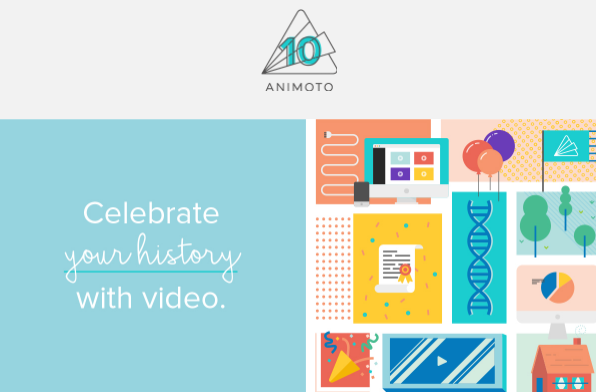
Tips on Creating Videos Like These
- How to Create Captivating Family History Videos
- How to Share Family History with the Non-Genealogists in Your Family
Watch the Video Tutorials
For best viewing, watch in FULL-SCREEN mode. Click the Full-Screen button in the bottom right corner of each video. Press Escape to return to page.





